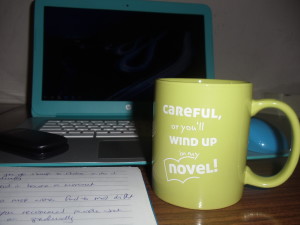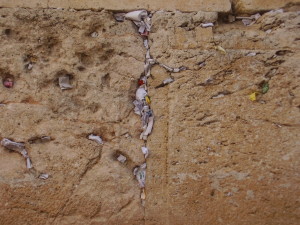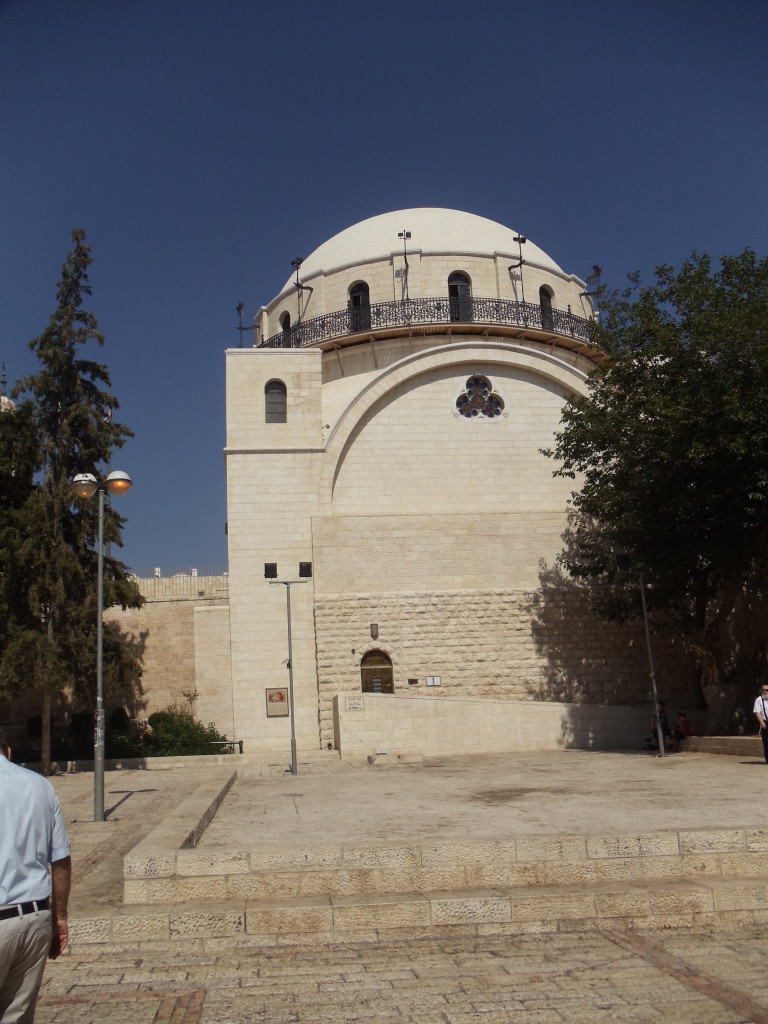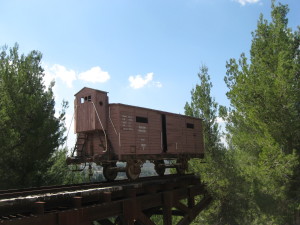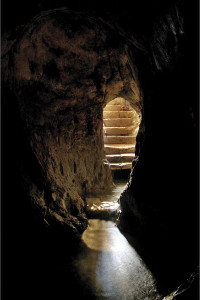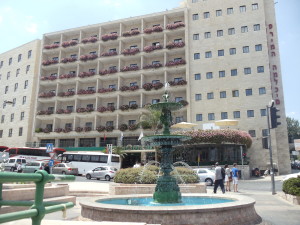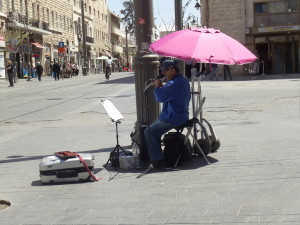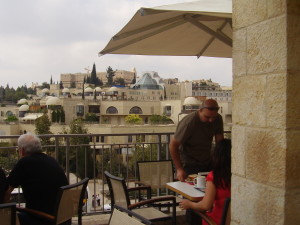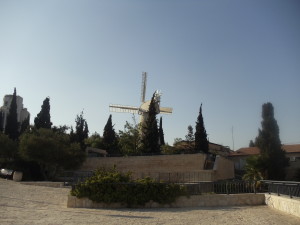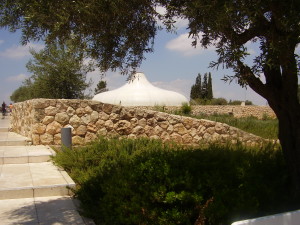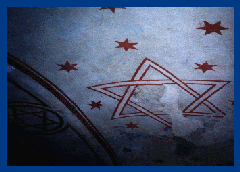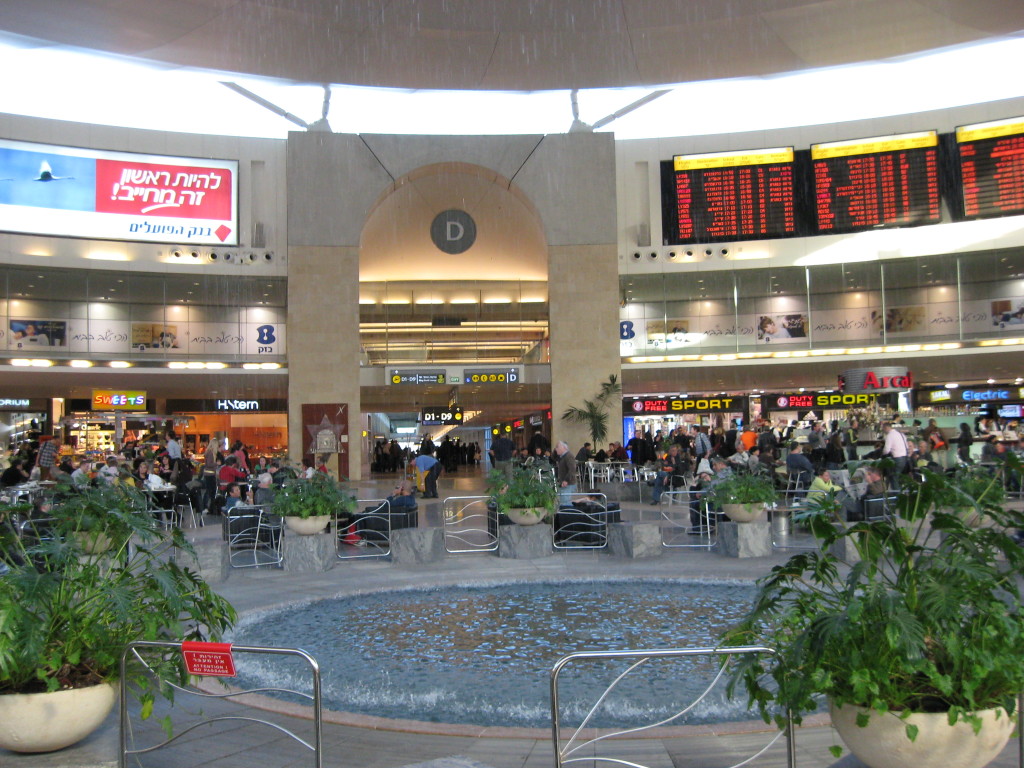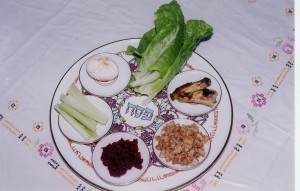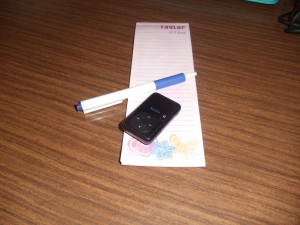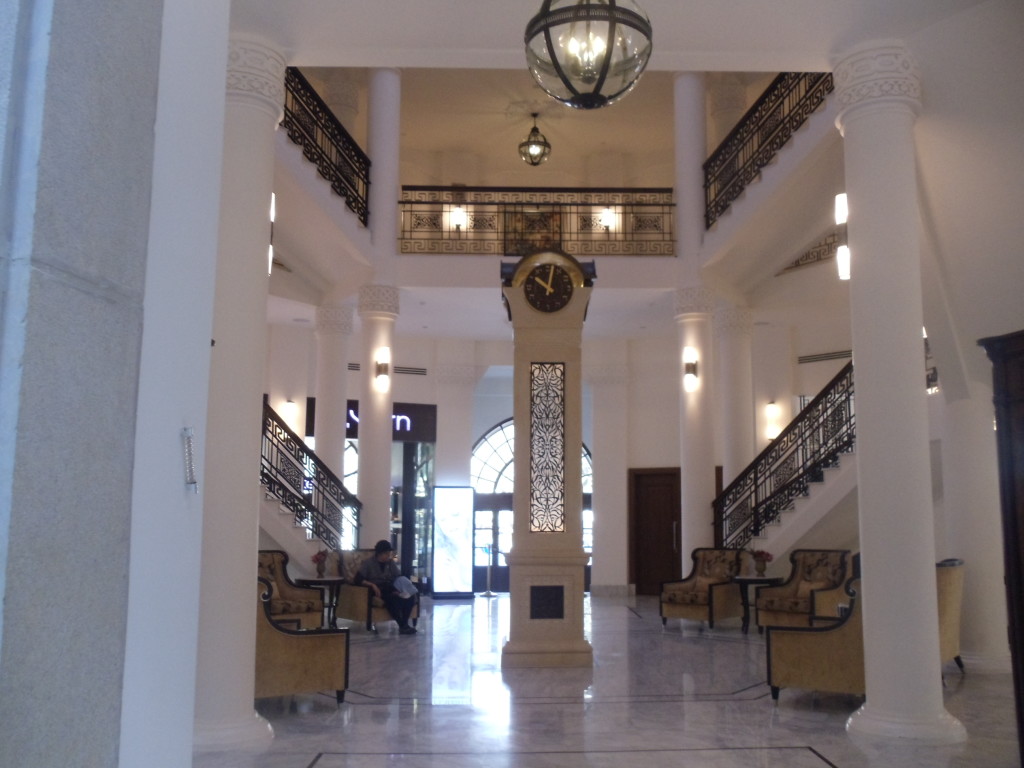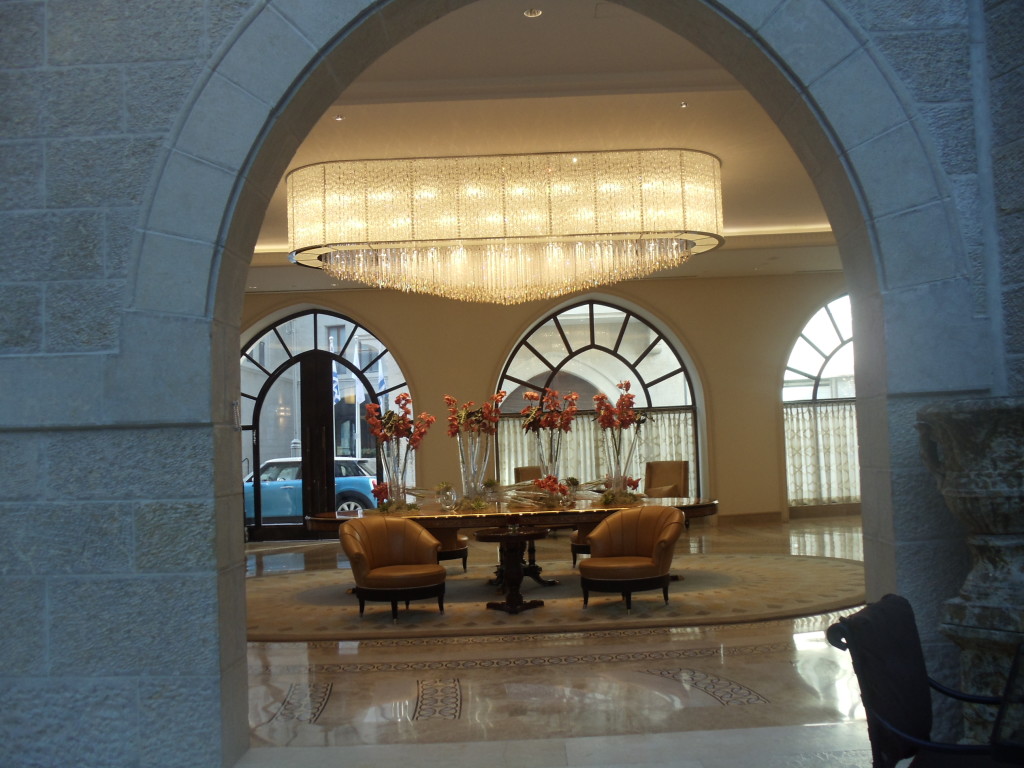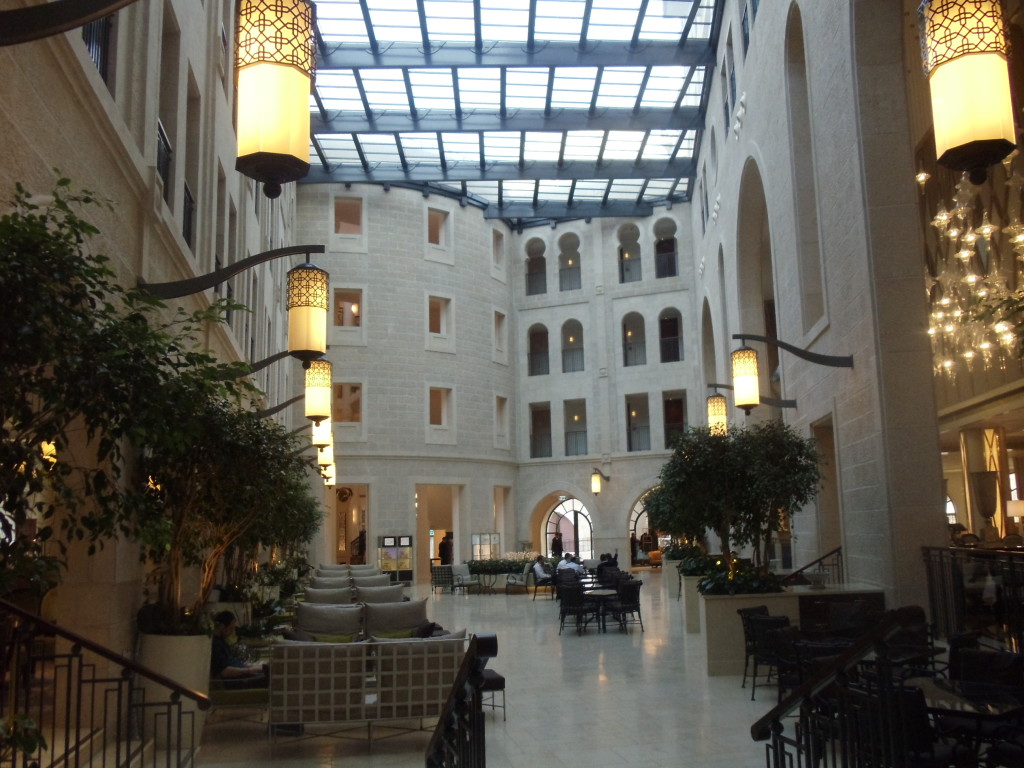Freelance writing can be a very lonely business, just you ( or me) and our computers, so whenever I get the chance to meet up with other writers, I grab it.
Any kind of occasional get-together and swapping of ideas and experiences is good but if it’s possible I think all writers should treat themselves, once a year, to a writers’ conference.
What are the main elements you should look for that will make a conference a success for you?
a) Does it cover subjects/ genres that you write about already or want to learn about.
b) Are the magazines and publishers whose representatives are speaking at the conference the ones you are interested in writing for.
c) Will you get a chance to network with other writers, editors. and publishers.
d) Are the speakers successful, published experienced writers/ authors who have something specific to offer you in ideas, information and tips.
e) Will you get an opportunity to meet editors and publishers in your genre and have a one on one session with them. If so make sure you come prepared with ideas / pitches and a clear statement about what you write.
f)Are the workshop sessions practical and with a variety of choices.
g) Is the venue accessible, the price reasonable and is food provided or a reasonably priced restaurant nearby. If the conference is for more than one day are there reasonably priced hotels in the vicinity.
For women writers who live in Israel, the one-day Jerusalem Women Writers Seminar, which takes place soon after Pesach/ Passover every year is everything a writer’s conference should and could be.
This year there was an array of excellent keynote speakers, well-known in the world of Jewish writing, the chance to participate in two workshops from a choice of about fourteen, including self-publishing, editing, translating, interviewing and writing for teens – there was little missing from the list of criteria.
Everyone who applied in advance was given a private session with a publisher or editor and representatives from two magazines gave a run-down on what it takes to get published in their publications.
The writer’s cup pictured above was included in the collection of ‘goodies’ all participants were given.
What do you think makes a successful writer’s conference anywhere in the world?
Tell me in the comments section below.
